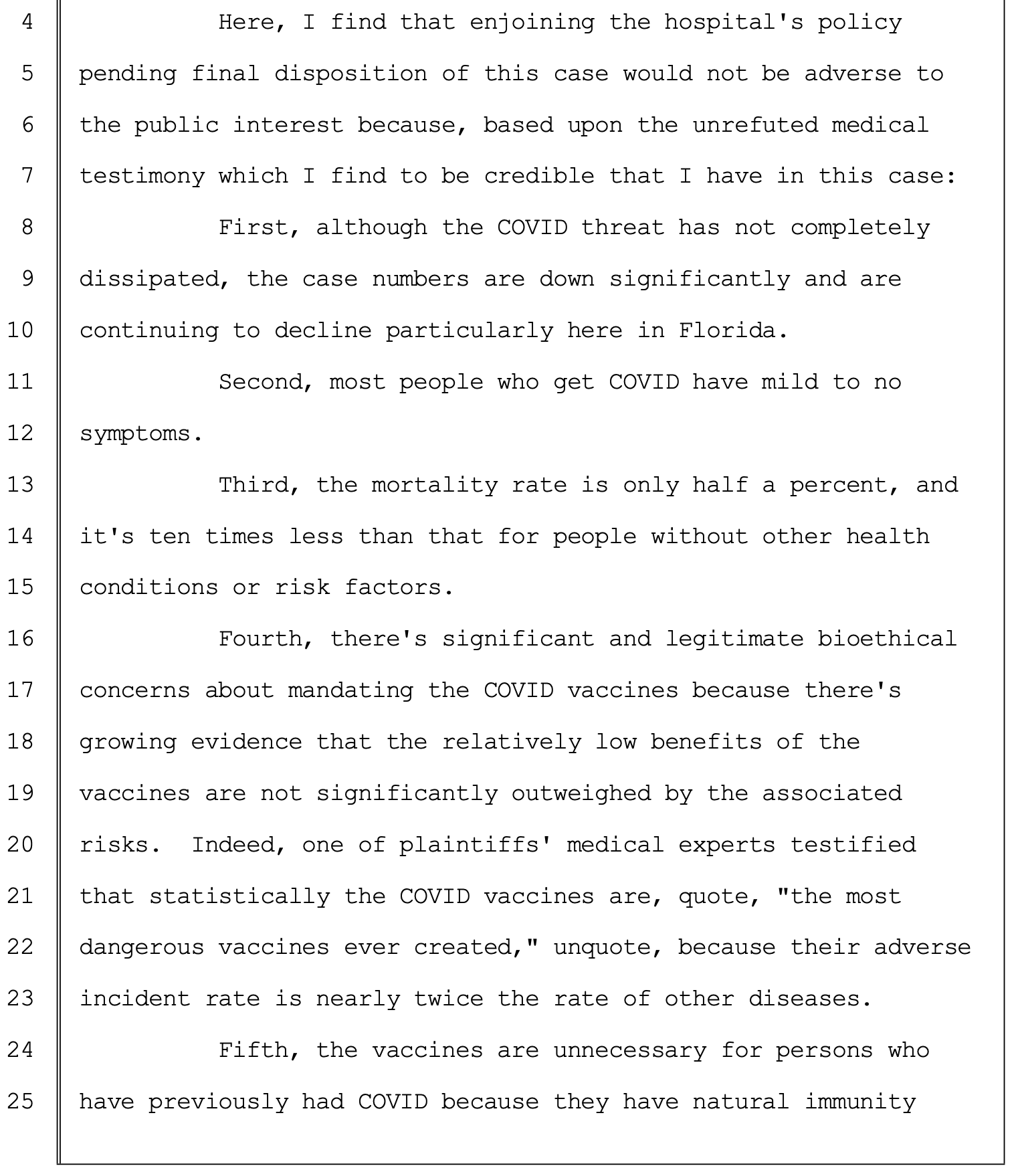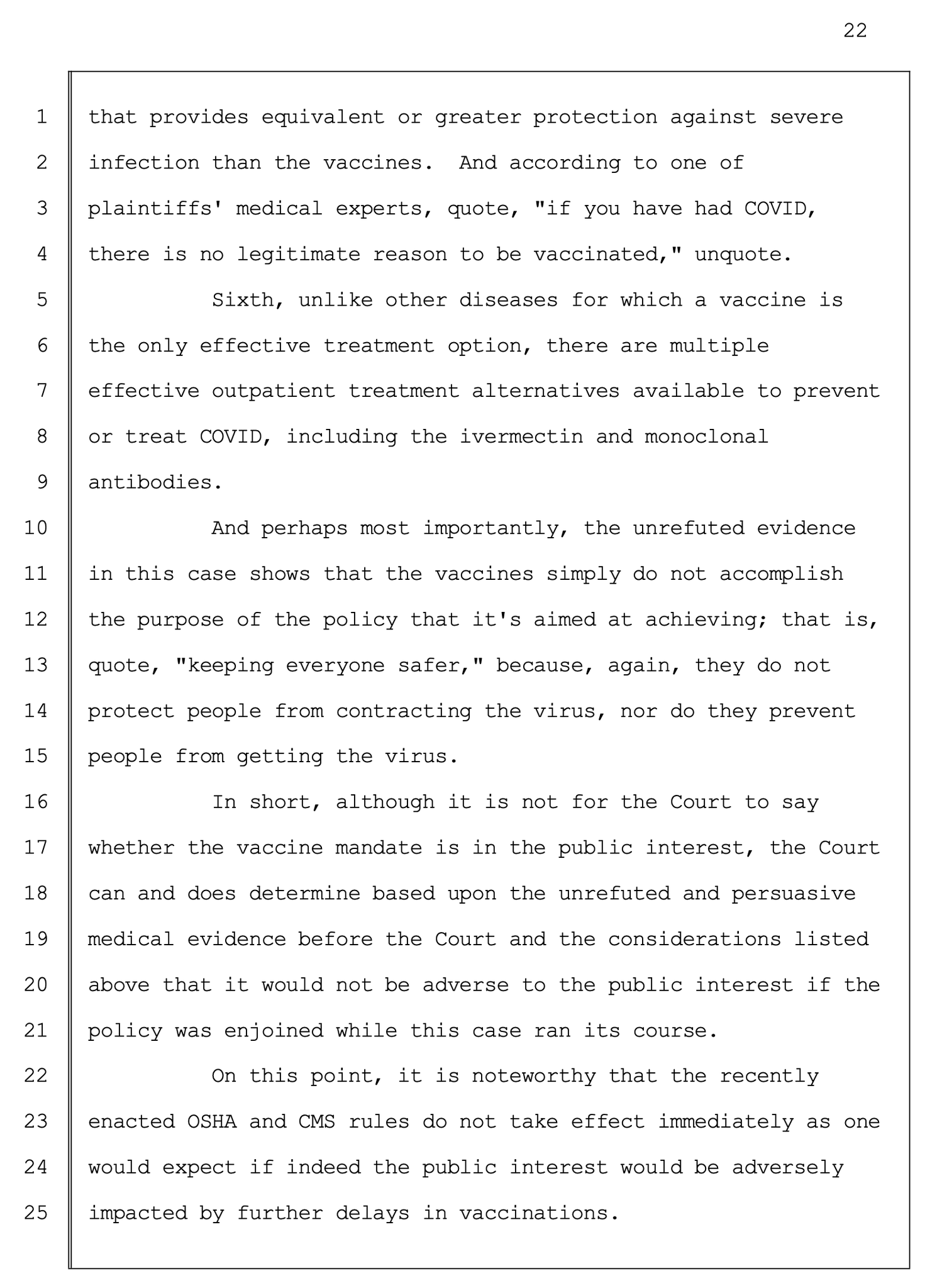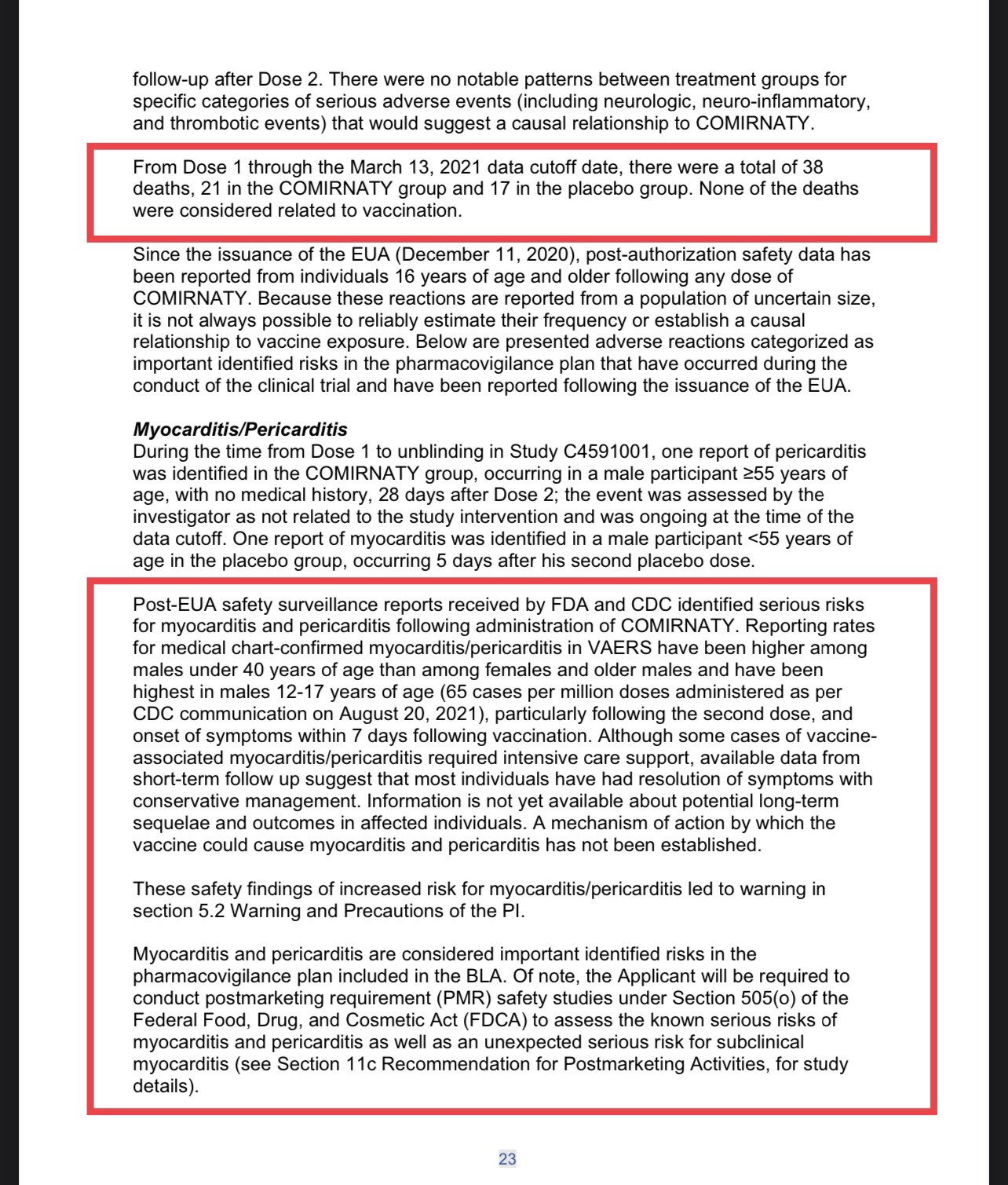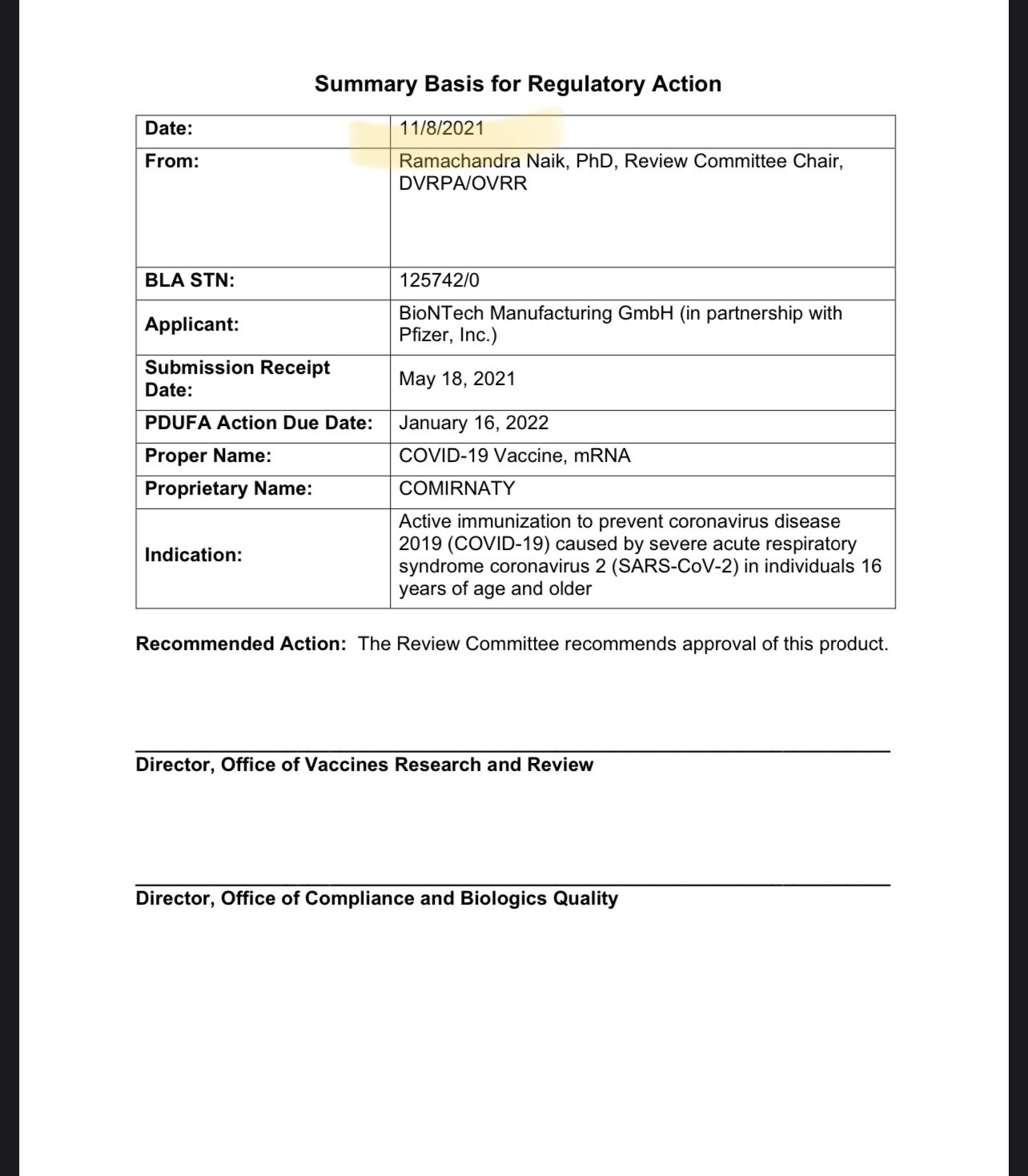Joe Hillshoist » Wed Nov 17, 2021 1:41 am wrote:drstrangelove » 17 Nov 2021 09:52 wrote:stickdog99 » Tue Nov 16, 2021 6:45 pm wrote:Ancient History From 2016: "But those nanoparticles can lead to dangerous side effects, especially if a patient has to take repeated doses over months or years."
Very $trange how this widely held view has been conveniently forgotten in our current ru$h to sign kids up for quarterly boo$ter $hot$.
***Delivery — actually getting RNA into cells — has long bedeviled the whole field. On their own, RNA molecules have a hard time reaching their targets. They work better if they’re wrapped up in a delivery mechanism, such as nanoparticles made of lipids. But those nanoparticles can lead to dangerous side effects, especially if a patient has to take repeated doses over months or years.
Novartis abandoned the related realm of RNA interference over concerns about toxicity, as did Merck and Roche. ...
Moderna’s most advanced competitors, CureVac and BioNTech, have acknowledged the same challenge with mRNA. Each is principally focused on vaccines for infectious disease and cancer, which the companies believe can be attacked with just a few doses of mRNA. And each has already tested its technology on hundreds of patients.
“I would say that mRNA is better suited for diseases where treatment for short duration is sufficiently curative, so the toxicities caused by delivery materials are less likely to occur,” said Katalin Karikó, a pioneer in the field who serves as a vice president at BioNTech.
That makes vaccines the lowest hanging fruit in mRNA, said Franz-Werner Haas, CureVac’s chief corporate officer. “From our point of view, it’s obvious why {Moderna} started there,” he said.
And this:From the start, Moderna heralded its ability to produce proteins within cells, which could open up a world of therapeutic targets unreachable by conventional drugs. The most revolutionary treatments, which could challenge the multibillion-dollar market for protein therapy, would involve repeated doses of mRNA over many years, so a patient’s body continued to produce proteins to keep disease at bay.
So it is an on going gene therapy that has been marketed as a two shot vaccine with booster shots. It was always known two shots wouldn't be enough.
This whole article is a nugget of information:“I would say that mRNA is better suited for diseases where treatment for short duration is sufficiently curative, so the toxicities caused by delivery materials are less likely to occur,” said Katalin Karikó, a pioneer in the field who serves as a vice president at BioNTech.
So it is the fucking nanoparticles or lipids that are toxic, as shown in that Japanese toxicity report on rats or mice.
The claims have always been about the mRNA staying in the muscle. Nothing was ever said about the lipid nanoparticles.
I thought those Japanese reports just mapped the spread of the nanoparticles without cell receptors to bind them and transfer the mRNA. Not that they reported any toxicity from them. A lipid is just a fat.
No idea about the specifics. But whatever the thing called a lipid nanoparticle is, it appears to be generally accepted that it was/and or can still be dangerous.
I speed read these and I don't think I'm confusing anything:
"The mRNA-LNP platform’s lipid nanoparticle component used in preclinical vaccine studies is highly inflammatory" - https://www.biorxiv.org/content/10.1101 ... 4.430128v1
"Solid Lipid Nanoparticles for Drug Delivery: Pharmacological and Biopharmaceutical Aspects" - -https://www.frontiersin.org/articles/10.3389/fmolb.2020.587997/full
"Research looks at inflammatory nature of lipid nanoparticle component in mRNA vaccines" - https://www.news-medical.net/news/20210 ... cines.aspx
I generally believe you don't need specialised knowledge to understand things. Those with specialised knowledge(and so nothing else) generally find this view appalling though.










